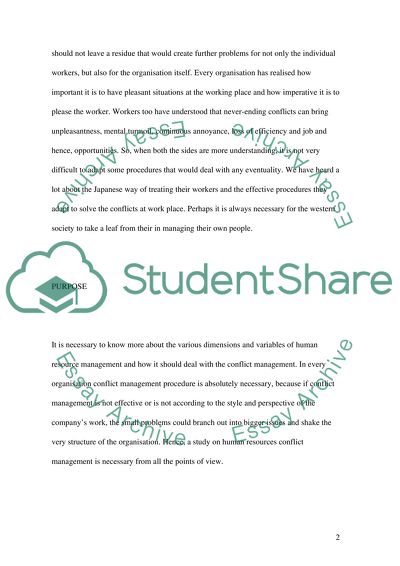Cite this document
(“MANAGING HUMAN RESOURCES DISCUSS THE ROLE OF PROCEDURE IN MANAGING Essay”, n.d.)
Retrieved from https://studentshare.org/miscellaneous/1528504-managing-human-resources-discuss-the-role-of-procedure-in-managing-both-individual-and-collective-conflict-in-organisation
Retrieved from https://studentshare.org/miscellaneous/1528504-managing-human-resources-discuss-the-role-of-procedure-in-managing-both-individual-and-collective-conflict-in-organisation
(MANAGING HUMAN RESOURCES DISCUSS THE ROLE OF PROCEDURE IN MANAGING Essay)
https://studentshare.org/miscellaneous/1528504-managing-human-resources-discuss-the-role-of-procedure-in-managing-both-individual-and-collective-conflict-in-organisation.
https://studentshare.org/miscellaneous/1528504-managing-human-resources-discuss-the-role-of-procedure-in-managing-both-individual-and-collective-conflict-in-organisation.
“MANAGING HUMAN RESOURCES DISCUSS THE ROLE OF PROCEDURE IN MANAGING Essay”, n.d. https://studentshare.org/miscellaneous/1528504-managing-human-resources-discuss-the-role-of-procedure-in-managing-both-individual-and-collective-conflict-in-organisation.


